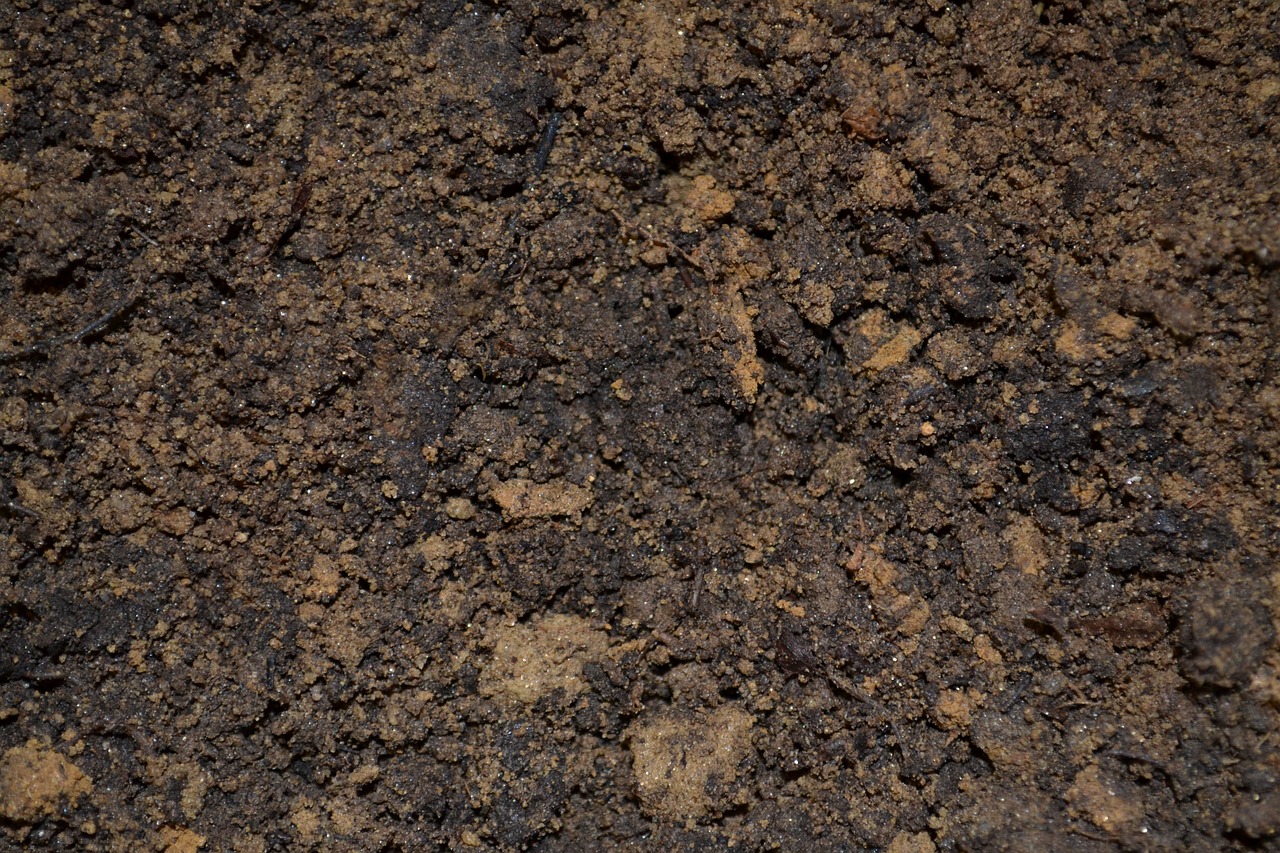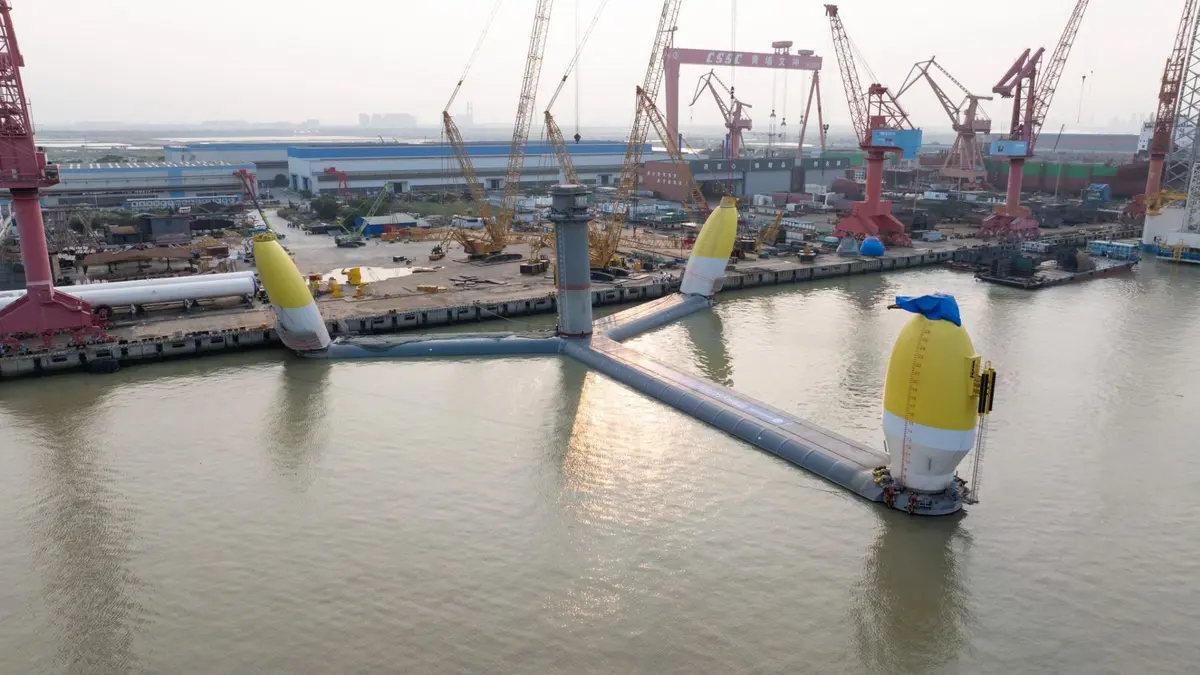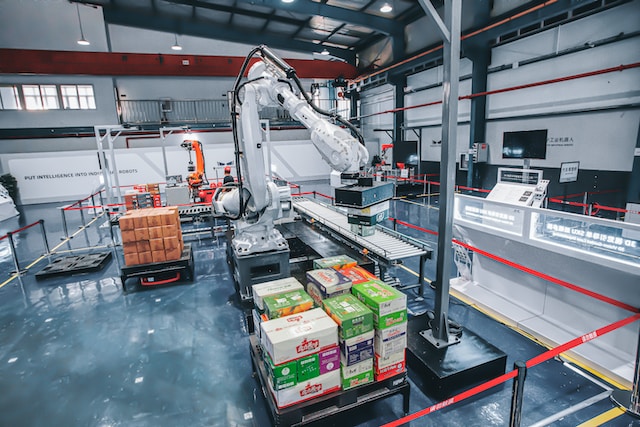Environmental issues continue to arise because of pollution from human activities, which greatly affects the soil. It is very alarming when it comes to contaminated land, for it pollutes both water and air as well. This creates an unhealthy environment for all living beings on Earth, and we can all agree that soil contamination can exist anywhere globally. Due to pollution, humans and animals are more prone to health issues. To prevent any dangers to the health of living beings and nature, there is a way to purify contaminated areas such as land, water, and sediment.
Soil Remediation
This remediation process involves various types of techniques that are used in purifying or cleaning the soil. Another term for this would be “soil washing”, and it somehow states an obvious meaning. The ground becomes contaminated once any type of human product or chemical seeps into it, such as hydrocarbons like petroleum, cyanides, pesticides, heavy metals, and other substances that are less likely to decay. They may be around for many years to come and will become toxic to our health. That is why it’s required and recommended to do remediation processes for better health and the environment.
Benefits Of Soil Remediation
Creates Usable Space
Once toxic materials such as chemicals enter the ground, it disrupts the natural balance. Contamination makes land unusable because of the toxic substances they contain, which may affect our health and plants as well (link: https://www.epa.gov/report-environment/contaminated-land). Purifying the soil allows the space to be used again for other purposes like restoring natural habitats or industrial sites.
Ensures Public Health
People are beginning to feel unsafe with polluted land, water, and air going around, and this is where a public concern arises. The contaminants in the land can be carried into the waters, crops, and it may affect the animals we eat as well. Doing soil remediation ensures people that the environment they are living in is safe and not toxic, especially to children and animals.
Restores Environmental Health
The environment should always remain clean and a healthy place since both plants and animals thrive in good habitats. However, having polluted land affects the plants first because that is their main source of nutrients. Oftentimes, certain contaminants are dangerous to plants since they will not get the necessary nutrients they need from the soil, leading to the loss of habitats. Additionally, this contributes to the unhealthy state of animals since they may touch or eat the contaminated plant.
Nowadays, we can clearly see how polluted the world has become, especially in some places. All these garbage and chemicals are releasing toxins into the land, water, and air. Most people may wonder what is soil remediation since it is one of the ways we can rid the soil of all these toxic chemicals. Furthermore, remediation removes contaminants in different ways, depending on what type of contaminant or what procedure is best.
Different Types of Remediation Techniques
1. Bioremediation
This technique uses a biological mechanism and is also an in-situ remediation method. The in-situ technique breaks down and purifies dangerous substances by using engineered anaerobic and aerobic bacterium that feed on certain contaminants.
The bacterium dies down after consuming contaminants like hydrocarbons and many others. Although it is a very effective method, it requires specific conditions or weather to function. Research says bioremediation works best at 70°F and little to no rain. Moreover, it can also work during cold weather but only when the area is insulated or covered.
2. Encapsulation
This method can be greatly applied to areas that will no longer be needed for growing any type of plants or crops. Encapsulation also varies from all the other remediation techniques since it involves putting the polluted soil in isolation and mixing it with cement, concrete, or lime. It ensures that the contaminants will not spread any further to any nearby surfaces like water or other land areas. Although it is quite effective, the only con of encapsulation is that the space can’t be used for other agricultural activities of any sort.
3. Thermal Soil Remediation
Most of the time, this is applied to those that have been contaminated by hydrocarbons like petroleum and by polluted water. Thermal remediation removes specific contaminants by putting the soil in high temperatures using remediation machinery. By subjecting it to high temperature, the toxic substances evaporate, and other extracted materials are disposed of after cooling. Once the process is done and the soil cools, it is now ready for testing and recycling.
4. Air Sparging
Sparging is one of the most common types of in-situ remediation, but specifically for soil that was contaminated by toxic vapors or gases. Moreover, it is done by injecting pressurized air into the area since this method is best to use when the soil is not extracted or not removed first (read more). It removes hydrocarbons like most techniques but also gets rid of volatile organic compounds.
Common Contaminants
Pesticides
These are substances that were made to eliminate or control pests that may disturb plants. Pesticides also involve herbicides, insecticides, bactericides, rodenticides, and many more.
PAHs (Polyaromatic Hydrocarbons)
Hydrocarbons are chemicals that are used in creating plastics, pigments, pesticides, and pharmaceuticals. Moreover, they naturally exist in crude oil, gasoline, and even coal. Additionally, when coal, garbage, tobacco, wood, and oil are burned, they also produce PAHs.
Heavy Metals
Metallic elements that have high densities and are poisonous or toxic even in low concentrations are referred to as heavy metals. A few common examples are mercury, arsenic, copper, nickel, and lead.







